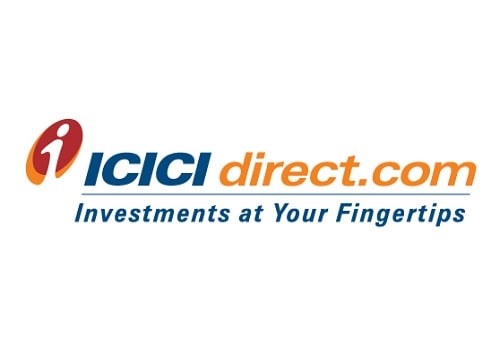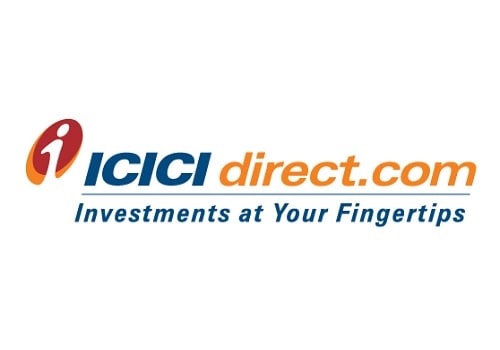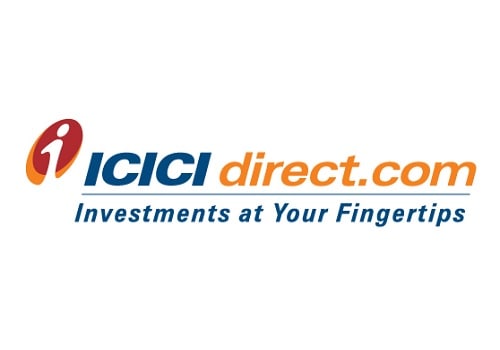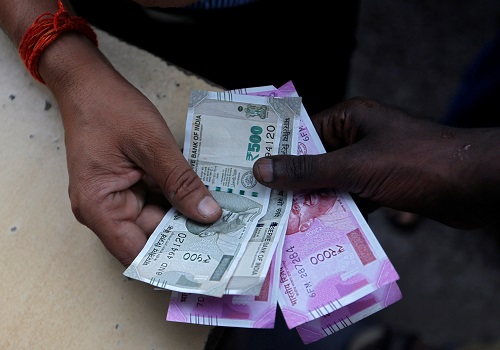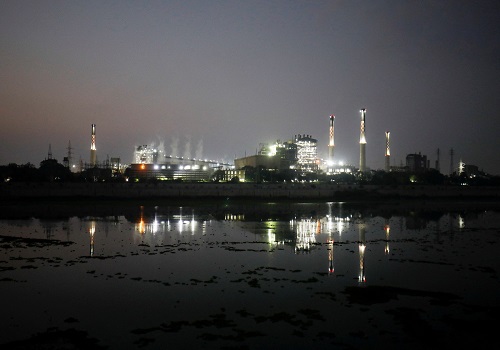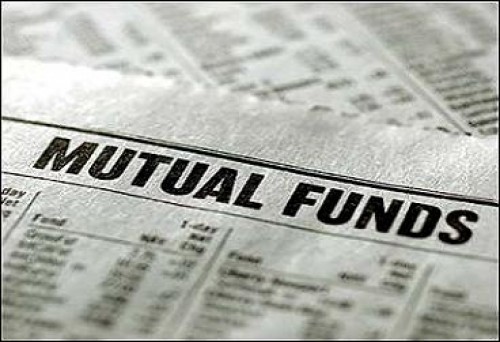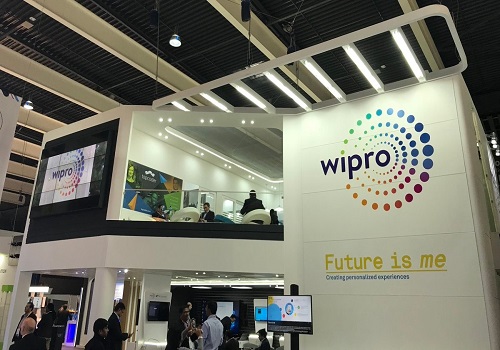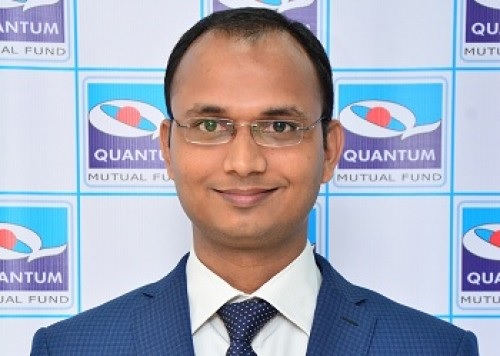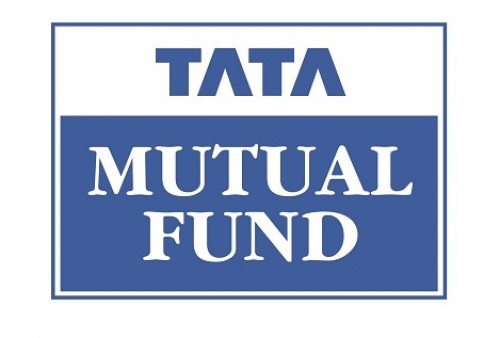August 2022 : Mutual Fund Review - BY ICICI Direct

Follow us Now on Telegram ! Get daily 10 - 12 important updates on Business, Finance and Investment. Join our Telegram Channel
https://t.me/InvestmentGuruIndiacom
Download Telegram App before Joining the Channel
Equity Market
Indian equity markets, after witnessing a sharp fall of more than 15% in a three-month period in April-June 2022 and around 18% from all-time highs in October 2021, saw a sharp recovery in July and August. Headline indices have now recovered almost all their losses and are less than 5% away from all-time high levels. The sharp fall in prices of global commodities eased inflationary concerns. Consequently, expectations of lower rate hike and fall in bond yields also helped sentiments to improve. The recovery in in July and August was global in nature with almost all major equity markets seeing a recovery from lows. Indian markets continued to outperform their global counterparts. While Indian markets have been outperforming, stability in global markets has also helped Indian markets to recover from lows. A sharp fall in global commodity prices, particularly industrial and agri commodities have helped in otherwise weak investor sentiments. Crude oil prices have also corrected to less than US$100 per barrel from the high of above US$120 per barrel. Foreign portfolio investors (FPIs) have been consistent net sellers and have sold equities worth around | 4 lakh crore since October 2021. Domestic investors, particularly mutual funds, have been major buyers during the same time absorbing the FPI sell-off. However, FPIs turned net buyers in July, August and provided much needed relief for investors. The latest quarterly result season has been broadly decent so far with indications of a healthy demand environment. Despite there being pockets of margin pressure, there has still been decent profit growth driven by volume growth and operating leverage.
Outlook
Domestically, with a capex cycle revival on the anvil (public + private) coupled with strong consumer demand across most categories (passenger vehicles, retail, etc), Indian markets witnessed a smart recovery and were up ~18% from recent lows. We remain constructive on the overall markets and believe the present market offers an attractive risk-reward play to build a long term portfolio of quality companies, which have lean balance sheets, are capital efficient in nature and have growth longevity. However, with markets recovering almost all their losses and trading back at around all-time levels, it is better to adopt a buy on dips allocation strategy instead of lumpsum at current levels. Despite the spillover of global geopolitical tensions and financial market volatility, the Indian economy has stayed on the path of improvement and economic revival. The movement of various high frequency indicators reiterates the momentum in the domestic economy. The economic cycle now has more legs (manufacturing revival, capex, global exports) vs. the consumption led earlier cycle. The most important aspect of wealth creation is to start investing at any significant correction and keep investing at every lower level. Market bottoms and tops are always known in hindsight and it is a futile exercise to wait for the market bottom to invest.
Debt Market
The Indian debt market, after having been under extreme pressure with yields rising across tenure in last few months, seems to have stabilised to a certain extent with yields across the curve trading in a narrow range. The recent correction in commodity prices and easing of supply bottlenecks have eased some concerns globally with yields down from recent highs. Rising concerns over global recession should positively influence the inflation outcomes from the supply side. However, this needs to be seen alongside renewed concerns around a more generalised increase in domestic inflation as validated even by the minutes of the last MPC meeting in June. Inflation in India has remained persistently above the upper end of the policy range for a reasonably long timeline, notwithstanding shocks to economic growth arising from the pandemic. From a broad debt market perspective, yields across the curve had moved up significantly since the start of calendar year 2022 in anticipation of successive rate hikes. Markets have already discounted around 250 bps hike in repo rate in the current rate hike cycle (May 2022 to May/June 2023). Currently, the terminal repo rate is not expected beyond 6.5% (currently 4.9%). Hence, even considering a 160 bps incremental rate hike over the next one year, the 10-year benchmark G-Sec yield may not move beyond 8%. (At the fag-end of the rate hike cycle, spread of 10-year yield over repo rate generally falls and should not be more than 150 bps as investors start investing at the higher end of the rate cycle). CPI inflation for July 2022 came in as per market expectation of 6.7% as compared to 7.0% in June. The decline was led by food inflation, which fell to 6.75% vs. 7.75% while core inflation declined to 5.75% against 5.95%. Food inflation MoM run-rate, which was ~1.5% in March to May, fell to 1.0% in June and now is at 0% in July 2022. Within food inflation, the decline was led by a fall in inflation in vegetables, oil & fats and meat and fish. However, the trend of increasing inflation in cereals continues with July print at 6.9% vs. 5.7% in June.
Outlook
Debt markets already seem to have factored in a series of rate hikes, going forward, as reflected in rise in both short-term and long tenure yields in the last few months. Benchmark 10-year G-Sec yield at 7.5%, is discounting more than 250 bps rate hike in repo rate in the current rate hike cycle. Since the start of 2022, yields of corporate bonds maturing in one to five year range had moved up 150-200 bps while 10-year benchmark G-Sec yield is up around 250 bps from less than 5% to 7.5% before the policy announcement. Yields across the curve, in general, are likely to stabilise, going forward, despite future rate hike after the sharp rise in the last few months. The 10- year benchmark yield does not look like crossing the 8% mark even after the rate hike cycle is over unless the global environment turns further hostile in terms of crude move up further and remains there for two, three, four quarters, which is not the base case. While investors still need to be cautious while investing in debt markets given no easing off in global commodity prices, the recent uptick in yields has shortened the wait period of investing in debt markets. Given the sharp sell-off, the next few months will start offering investing opportunity both in medium and longer duration papers.
To Read Complete Report & Disclaimer Click Here
Please refer disclaimer at https://secure.icicidirect.com/Content/StaticData/Disclaimer.html
SEBI Registration number INZ000183631
Above views are of the author and not of the website kindly read disclaimer


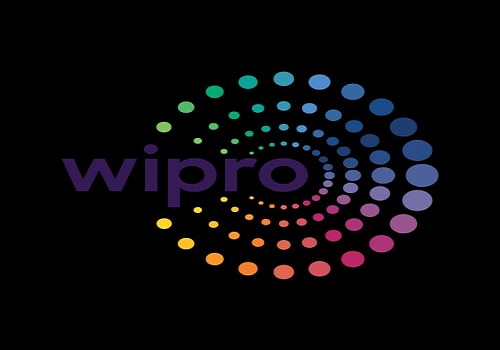



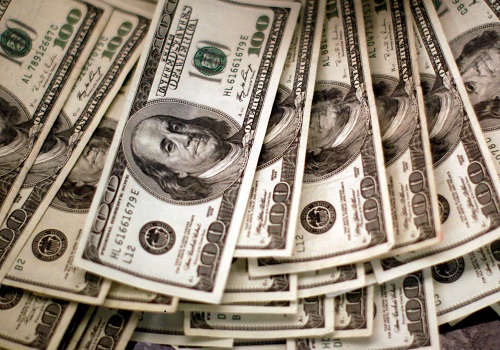


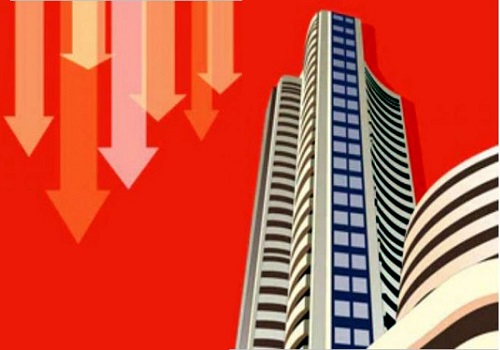
Tag News
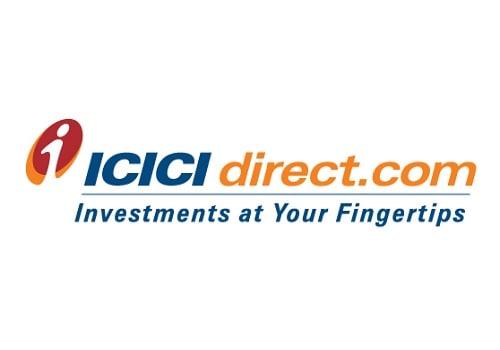
Stock Picks : TCS Ltd And Chambal Fertiliser Ltd By ICICI Direct
